Home>Articles>How Long Does A 5Lb Co2 Tank Last In A Kegerator
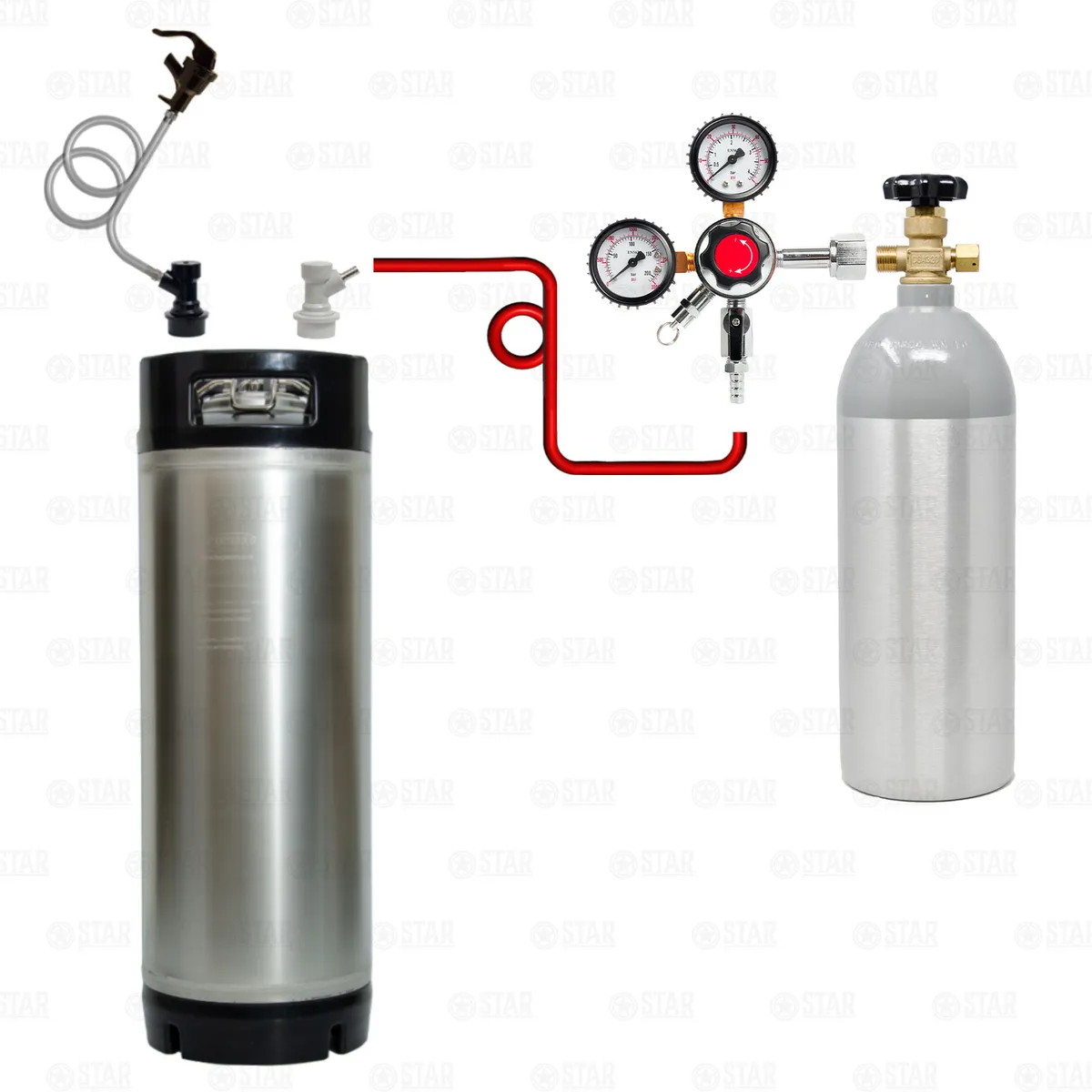

Articles
How Long Does A 5Lb Co2 Tank Last In A Kegerator
Modified: February 26, 2024
Learn how long a 5lb CO2 tank lasts in a kegerator and get expert articles on CO2 tanks, brewing, and kegerator maintenance.
(Many of the links in this article redirect to a specific reviewed product. Your purchase of these products through affiliate links helps to generate commission for Storables.com, at no extra cost. Learn more)
Introduction
Welcome to the world of kegerators, where beer enthusiasts can enjoy the excellent taste of freshly tapped beer in the comfort of their homes. Kegerators bring the experience of a bar or pub right to your living space, allowing you to savor the smooth and crisp flavors of your favorite brews on demand. But what keeps that beer flowing? It’s all thanks to the trusty CO2 tank that provides the necessary carbonation pressure to push the beer out of the keg and into your glass.
When it comes to CO2 tanks for kegerators, there’s a lot to consider. One common question that arises is: how long does a 5lb CO2 tank last in a kegerator? The answer to this query largely depends on various factors, such as the size of your kegerator, the frequency of use, the number of kegs being dispensed, and the carbonation levels desired.
In this article, we will delve into the fascinating world of CO2 tanks and kegerators. We will explore the factors that affect CO2 consumption, how to determine the appropriate CO2 tank size, how to estimate usage, and provide tips on maximizing CO2 efficiency in your kegerator. So, grab a cold one, settle in, and let’s dive into the wonderful world of kegerators and CO2 tanks!
Key Takeaways:
- Enjoy perfectly carbonated beer at home with a 5lb CO2 tank in your kegerator, lasting between 2 to 6 months depending on usage. Keep a spare tank on hand for uninterrupted pours!
- Maximize CO2 efficiency by optimizing temperature, minimizing air leaks, and adjusting regulator pressure. Plan ahead and have a backup CO2 tank for uninterrupted beer enjoyment!
Read more: How Long Does A Co2 Tank Last On A Kegerator
Understanding CO2 Tanks and Kegerators
Before we dive into the specifics of CO2 consumption in kegerators, let’s first understand the basic components of a kegerator and how CO2 tanks fit into the equation.
A kegerator is essentially a refrigerator that is specifically designed to store and dispense kegs of beer. It consists of a refrigeration unit, a tap or faucet system, and a CO2 tank. The CO2 tank plays a crucial role in carbonating and pressurizing the beer to ensure a steady flow from the keg to the tap.
CO2 tanks, also known as carbon dioxide cylinders or canisters, are typically made of either aluminum or steel and come in various sizes, with 5lb tanks being a popular choice for home kegerators. These tanks are filled with pressurized CO2 gas, which is then regulated and released into the kegerator system.
The CO2 gas is stored at high pressure in the tank, and when released, it flows through a regulator, which allows you to adjust the pressure according to your specific needs. The regulated CO2 gas then enters the keg, displacing the beer and providing the necessary pressure to push it through the lines and out of the tap, ensuring a smooth and foamy pour.
It’s important to note that the CO2 tank does not directly carbonate the beer. Instead, it provides the pressure needed to push the carbonated beer from the keg to the tap. The carbonation process itself occurs during the fermentation stage of brewing, where yeast consumes sugars and produces CO2 as a byproduct. The beer absorbs this CO2, creating the desired level of carbonation.
Now that we have a basic understanding of the role of CO2 tanks in a kegerator, let’s explore the factors that can impact CO2 consumption in this setup.
Factors Affecting CO2 Consumption in a Kegerator
Several factors come into play when it comes to CO2 consumption in a kegerator. Understanding these factors can help you estimate how long a 5lb CO2 tank will last in your specific setup.
1. Kegerator Size: The size of your kegerator plays a significant role in CO2 consumption. Larger kegerators have more space and insulation, which can help maintain consistent temperatures and reduce the need for the CO2 system to work overtime to maintain carbonation levels. Smaller kegerators, on the other hand, may need more frequent refills.
2. Frequency of Use: How often you use your kegerator will affect the rate at which CO2 is consumed. If you’re tapping multiple beers every day, the CO2 tank will be under constant pressure, resulting in higher consumption. However, if you only enjoy a few pints on occasion, the CO2 consumption will be considerably lower.
3. Number of Kegs Dispensed: The more kegs you have connected and dispensing beer simultaneously, the more CO2 will be required to maintain consistent pressure across all the kegs. If you frequently have multiple kegs tapped, expect higher CO2 consumption.
4. Carbonation Levels Desired: Different beer styles and personal preferences may require varying levels of carbonation. Higher carbonation levels will require more CO2, as the gas needs to exert more pressure on the beer to achieve the desired effervescence.
5. Regulator Setting: The pressure setting on your CO2 regulator affects the rate of gas flow and, consequently, the rate of CO2 consumption. Higher pressure settings will result in faster consumption, while lower pressure settings can help you conserve CO2 but may affect dispensing speed.
6. Ambient Temperature: The temperature surrounding your kegerator can impact CO2 consumption. Warm temperatures can cause the CO2 to expand more rapidly, leading to increased usage. Conversely, colder temperatures can slow down CO2 consumption.
Considering these factors, it’s important to recognize that CO2 tank duration can vary widely. The following section will help you determine the appropriate CO2 tank size based on your kegerator setup and estimate how long a 5lb CO2 tank will last in your specific circumstances.
Determining CO2 Tank Size for a Kegerator
Choosing the right CO2 tank size for your kegerator is crucial to ensure uninterrupted beer dispensing without frequent refills. The appropriate tank size depends on various factors, including the factors mentioned earlier and your personal preferences.
One popular size option for home kegerators is the 5lb CO2 tank. This size strikes a balance between portability and capacity, making it a suitable choice for most home setups.
To determine if a 5lb CO2 tank is the right size for your kegerator, consider the following:
1. Kegerator Size and Frequency of Use: If you have a small to medium-sized kegerator and plan to use it occasionally or for small gatherings, a 5lb CO2 tank should be sufficient. However, if you have a larger kegerator or anticipate frequent usage, you may want to consider a larger tank size to avoid frequent refills.
2. Number of Kegs Dispensed: If you typically have multiple kegs tapped simultaneously, you may need a larger CO2 tank to accommodate the higher demand for carbonation pressure. More kegs mean more beer to be pushed out, requiring additional CO2.
3. Carbonation Levels Desired: If you prefer higher carbonation levels in your beer, you may go through CO2 more quickly. Adjusting the regulator to higher pressure settings will require more gas, which may warrant a larger CO2 tank to maintain carbonation levels for an extended period.
4. Consumption Rate: Consider how often you anticipate using your kegerator and how quickly you go through beer. If you’re an occasional kegerator user or drink beer at a slower pace, a 5lb CO2 tank should last a reasonable amount of time. However, if you’re a frequent beer drinker or regularly entertain guests, you may want to opt for a larger tank size.
Always consult the manufacturer’s recommendations and guidelines for your specific kegerator model when determining the appropriate CO2 tank size. Additionally, keep in mind that it’s always better to have a slightly larger tank than necessary to avoid the inconvenience of running out of CO2 mid-party or in the middle of enjoying your favorite beer.
Now that you have an understanding of CO2 tank sizing, the next section will help you estimate the usage and lifespan of a 5lb CO2 tank in your kegerator.
A 5lb CO2 tank can last around 6-8 half-barrel kegs or 10-12 corny kegs, depending on factors like dispensing pressure and temperature. Keep an eye on the pressure gauge to monitor usage.
Estimating CO2 Usage in a Kegerator
Estimating CO2 usage in a kegerator can help you get an idea of how long a 5lb CO2 tank will last in your specific setup. While it’s difficult to provide an exact calculation due to the many variables involved, we can provide some general guidelines to help you estimate CO2 consumption.
The primary factors that contribute to CO2 usage in a kegerator are the frequency of use, the number of kegs dispensed, and the carbonation levels desired. By considering these factors, you can make an educated guess about the lifespan of a 5lb CO2 tank.
Frequency of Use: If you use your kegerator regularly, such as multiple times a week, the CO2 tank will be under constant pressure to maintain carbonation. This frequent usage will result in higher CO2 consumption. On the other hand, if you use your kegerator occasionally, the CO2 consumption will be lower, and a 5lb tank will last longer.
Number of Kegs Dispensed: Having multiple kegs connected and dispensing simultaneously means more beer flows through the system, requiring additional CO2 to maintain the necessary pressure. Each keg will contribute to the overall CO2 consumption. If you frequently have multiple kegs tapped, you can expect higher CO2 usage and a shorter lifespan for the 5lb tank.
Carbonation Levels: Different beer styles and personal preferences dictate the desired carbonation levels. Higher carbonation levels require more CO2 to maintain the appropriate pressure. If you prefer highly carbonated beer, the CO2 consumption will be higher, reducing the lifespan of the 5lb tank.
Based on these factors, a rough estimation suggests that a 5lb CO2 tank will last anywhere from 2 to 6 months in a typical home kegerator setup. However, please note that this is just an estimate, and individual usage patterns may vary.
Keep in mind that it’s always a good idea to have spare CO2 tanks on hand to avoid running out unexpectedly. This way, you can easily swap out an empty tank for a full one and continue enjoying your freshly tapped beer without interruption.
In the next section, we will provide some tips on maximizing CO2 efficiency in your kegerator to extend the lifespan of your CO2 tank.
Read more: How To Change Co2 Tank In Kegerator
How Long Does a 5lb CO2 Tank Last in a Kegerator?
The question of how long a 5lb CO2 tank will last in a kegerator is one that many beer enthusiasts ask. While the exact duration can vary depending on several factors, we can provide a general estimation to help you understand what to expect.
As mentioned earlier, variables such as kegerator size, frequency of use, number of kegs dispensed, and carbonation levels desired all impact CO2 consumption. However, in a typical home kegerator setup, a 5lb CO2 tank can typically last between 2 to 6 months.
If you have a smaller kegerator and only use it occasionally or for small gatherings, the CO2 tank may last closer to the 6-month mark. On the other hand, if you have a larger kegerator or frequently entertain guests, the CO2 consumption will be higher, resulting in a shorter lifespan for the 5lb tank.
Keep in mind that these estimates are just rough guidelines, and individual usage patterns can vary significantly. Various factors can impact CO2 consumption, so it’s advisable to monitor your CO2 levels regularly to get a better understanding of how long your tank will last in your specific kegerator setup. Additionally, external factors such as ambient temperature can influence CO2 usage, so it’s essential to consider these variables as well.
Remember, it’s always better to be prepared and have a spare CO2 tank on hand. This way, if your 5lb tank runs out unexpectedly, you can quickly replace it and continue enjoying your favorite beers without interruption. It’s better to have extra CO2 than to risk running out during a gathering or when craving a freshly tapped pint.
Now that you have a general idea of how long a 5lb CO2 tank may last in a kegerator, let’s explore some tips on maximizing CO2 efficiency to extend the lifespan of your tank.
Tips for Maximizing CO2 Efficiency in a Kegerator
Maximizing CO2 efficiency in your kegerator can help extend the lifespan of your CO2 tank and save you from frequent refills. Here are some tips to make the most of your CO2 and ensure a steady supply of perfectly carbonated beer:
1. Optimize Temperature: Maintain the proper temperature in your kegerator. Keep it within the recommended range for the style of beer you’re dispensing. Warmer temperatures can cause CO2 to dissipate more quickly, leading to higher consumption. Use a reliable thermometer to monitor the temperature and make adjustments as necessary.
2. Minimize Air Leaks: Check for any air leaks in your kegerator system. Leaks can result in CO2 loss as the gas escapes through gaps or loose connections. Regularly inspect the seals, fittings, and lines to ensure a tight and secure setup. Fix any leaks promptly to reduce CO2 wastage.
3. Adjust Regulator Pressure: Find the right balance between maintaining proper carbonation levels and minimizing CO2 consumption. Avoid setting the regulator pressure higher than necessary, as this will result in faster gas flow and increased consumption. Experiment with different pressure settings to find the optimal level for your desired carbonation.
4. Limit Foam: Excessive foaming during dispense can lead to CO2 wastage. To minimize foam, ensure your beer lines are clean, properly chilled, and not excessively long. Additionally, use a proper glassware technique while pouring to minimize foam generation and preserve the carbonation in the beer.
5. Moderate Carbonation Levels: While everyone has their preference for carbonation, consider dialing back the carbonation slightly if you find yourself frequently running out of CO2. Moderating the carbonation levels can help reduce the amount of gas needed to maintain carbonation pressure, thereby extending the lifespan of your CO2 tank.
6. Plan Ahead: Monitor your CO2 levels regularly to ensure you have a good understanding of your tank’s lifespan. Keep track of your usage patterns and plan ahead for when you may need to refill your CO2 tank. This will help you avoid any unexpected downtime and allow you to refill your tank before it runs out completely.
7. Have a Backup Tank: Lastly, it’s always a good idea to have a spare CO2 tank on hand. This will provide peace of mind, knowing that you have a backup supply in case your primary tank runs out. Having a backup tank allows you to easily switch over and continue enjoying your favorite beers without any interruption.
By implementing these tips, you can optimize CO2 efficiency in your kegerator and enjoy a longer lifespan for your CO2 tank. Cheers to perfectly carbonated and uninterrupted pours!
Now, let’s conclude our exploration of CO2 tanks and kegerators.
Conclusion
CO2 tanks are an integral part of any kegerator setup, providing the necessary carbonation pressure to dispense perfectly chilled and foamy beers. Understanding how long a 5lb CO2 tank will last in a kegerator and maximizing its efficiency is essential for an uninterrupted and enjoyable beer-drinking experience.
Throughout this article, we’ve explored various aspects of CO2 tanks and kegerators. We’ve learned about the basic components of a kegerator, the role of CO2 tanks in carbonation, and the factors that affect CO2 consumption. By considering the size of your kegerator, the frequency of use, the number of kegs dispensed, and the desired carbonation levels, you can determine the appropriate CO2 tank size and estimate its lifespan.
While a 5lb CO2 tank can last between 2 to 6 months in a typical home kegerator setup, it’s important to remember that individual usage patterns may vary. Monitoring your CO2 levels, minimizing air leaks, adjusting regulator pressure, and moderating carbonation levels can all help maximize CO2 efficiency and extend the lifespan of your tank.
Planning ahead, having a backup CO2 tank, and ensuring your kegerator is properly maintained are all key factors in ensuring a continuous supply of perfectly tapped beer without any interruptions or disappointments.
So, whether you’re a casual beer enthusiast or a dedicated homebrewer, understanding the dynamics of CO2 tanks and kegerators will empower you to make informed decisions and optimize your beer-drinking experience. Cheers to enjoying perfectly carbonated beers and the convenience of having a kegerator in the comfort of your own home!
Frequently Asked Questions about How Long Does A 5Lb Co2 Tank Last In A Kegerator
Was this page helpful?
At Storables.com, we guarantee accurate and reliable information. Our content, validated by Expert Board Contributors, is crafted following stringent Editorial Policies. We're committed to providing you with well-researched, expert-backed insights for all your informational needs.
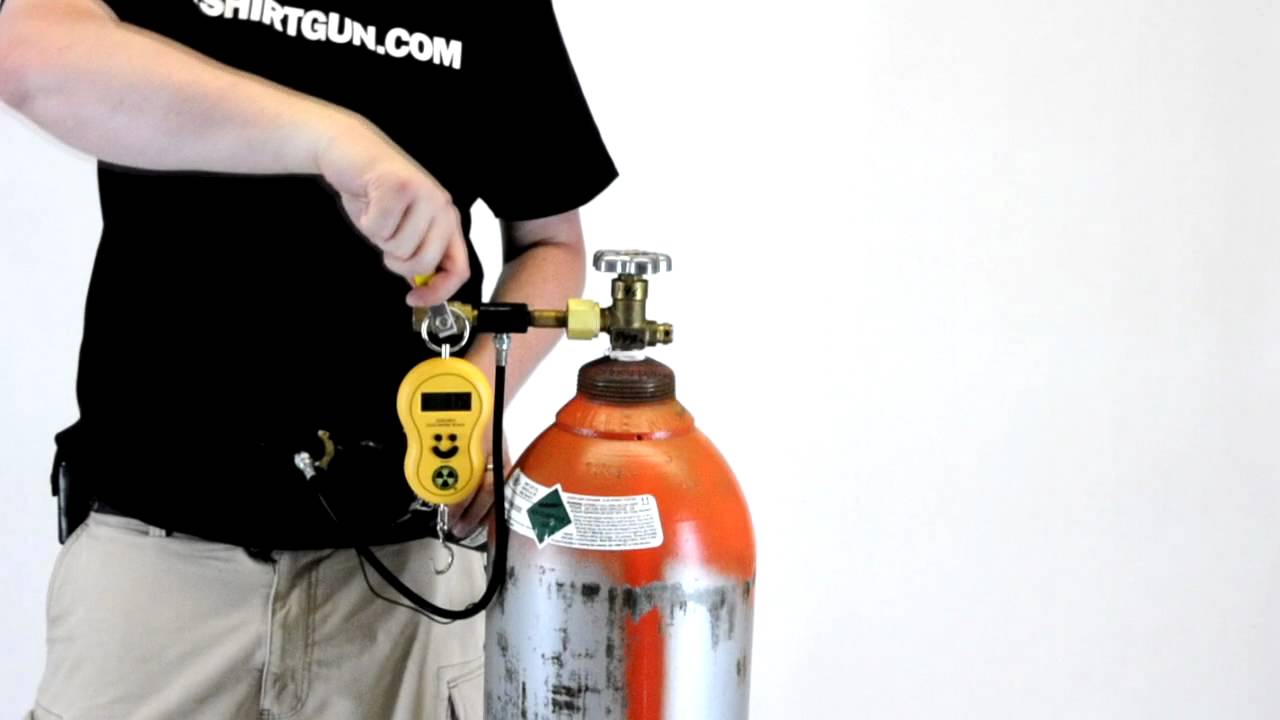
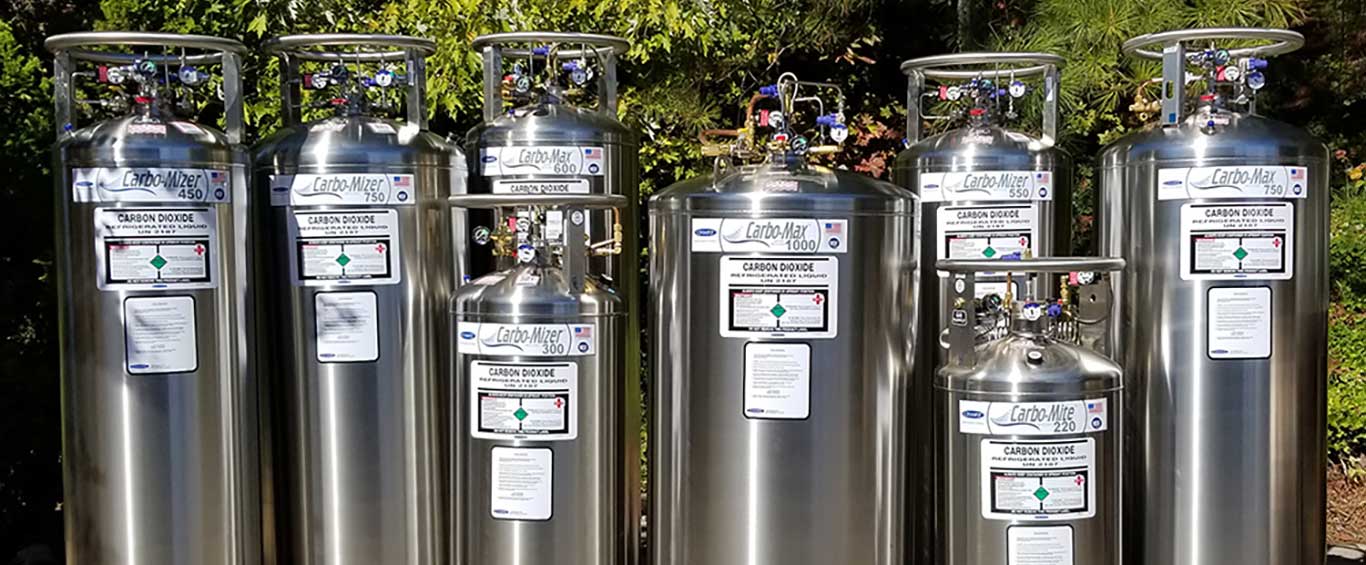
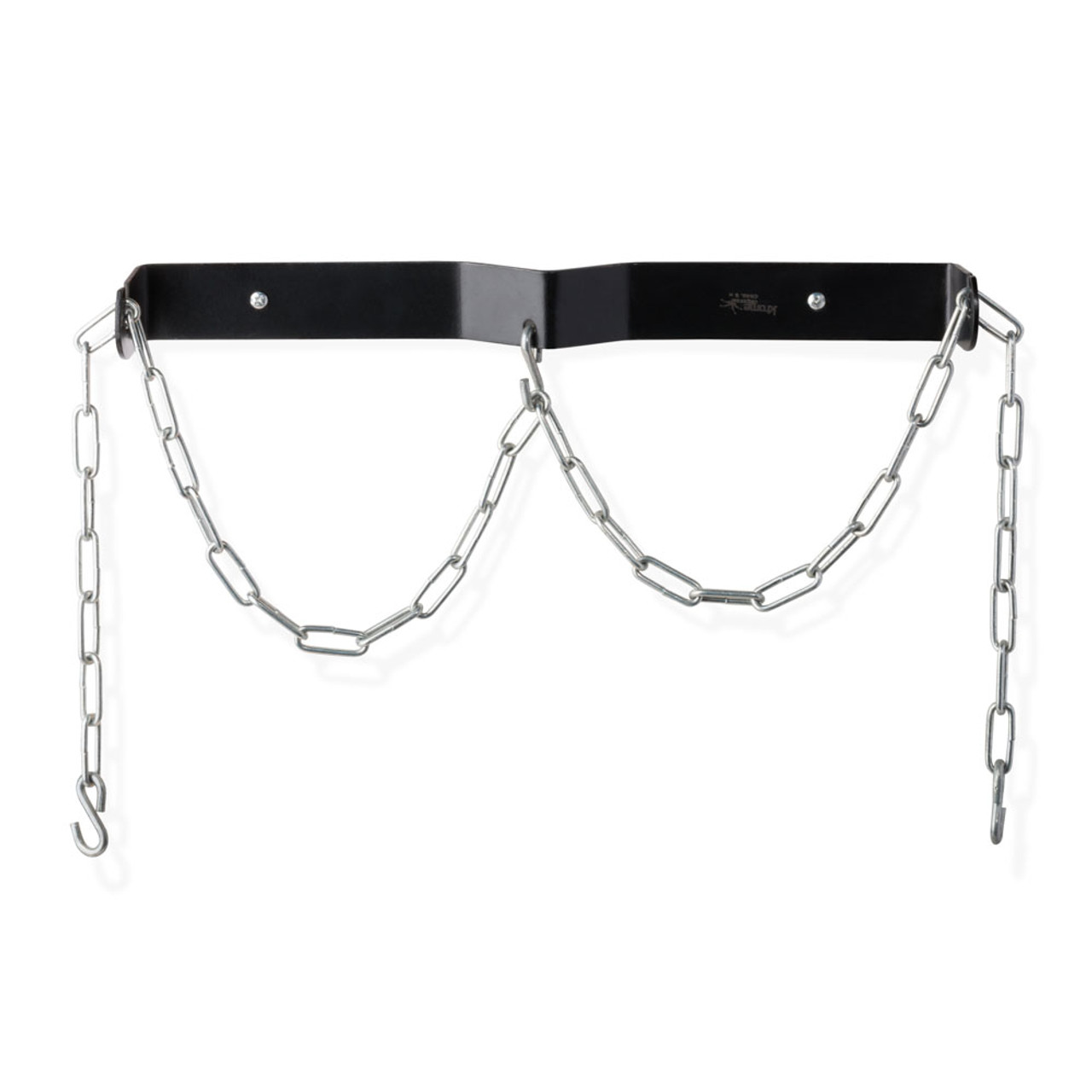
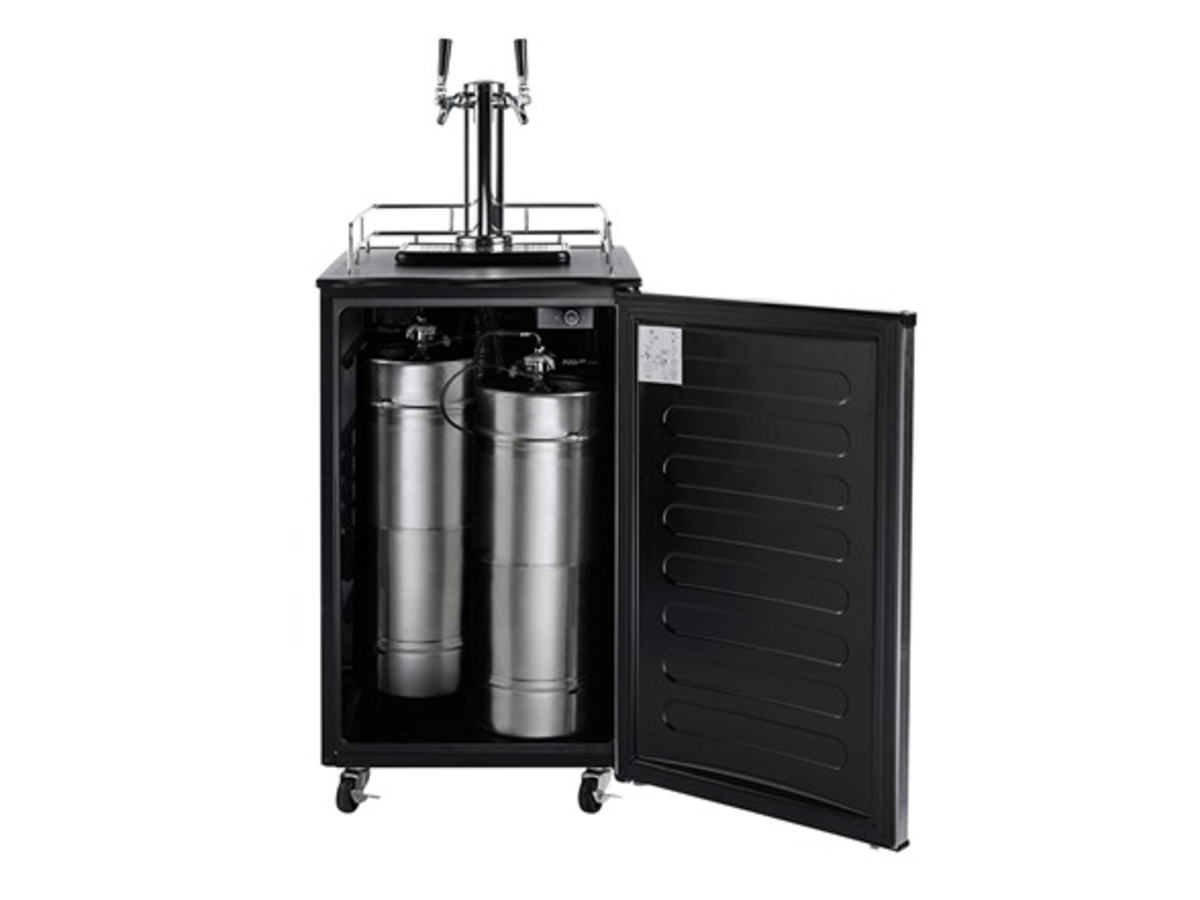
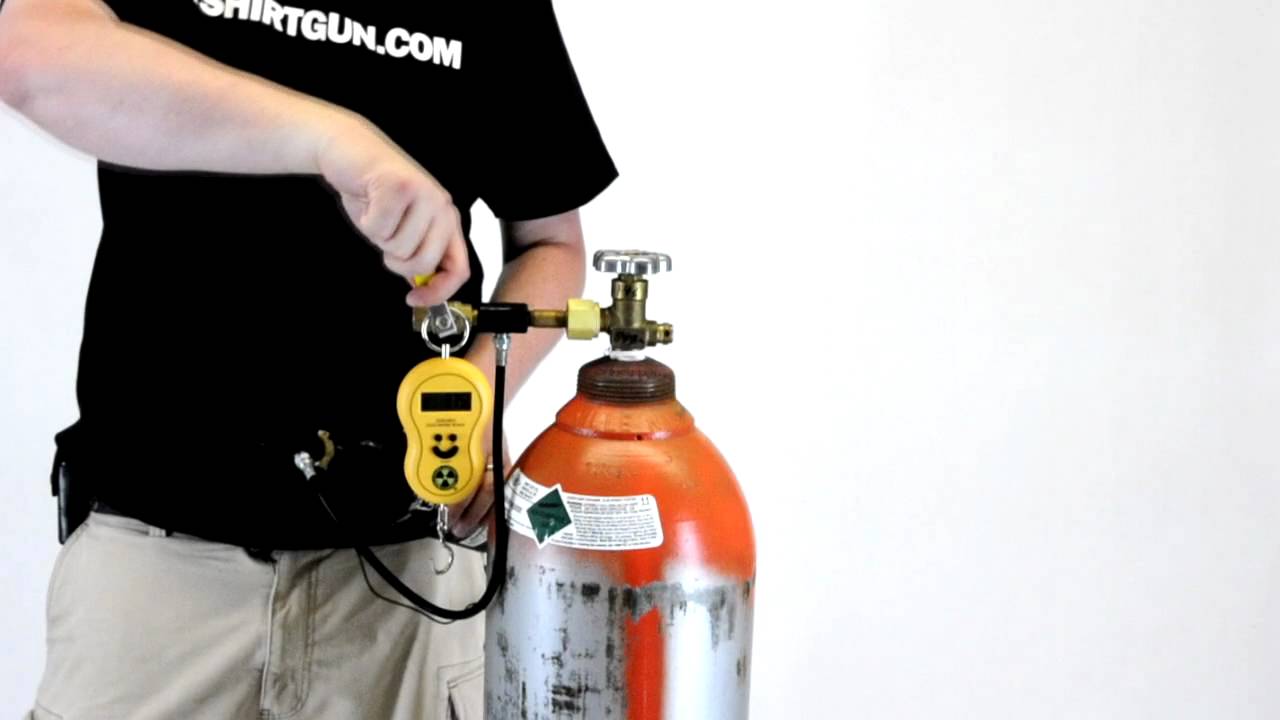
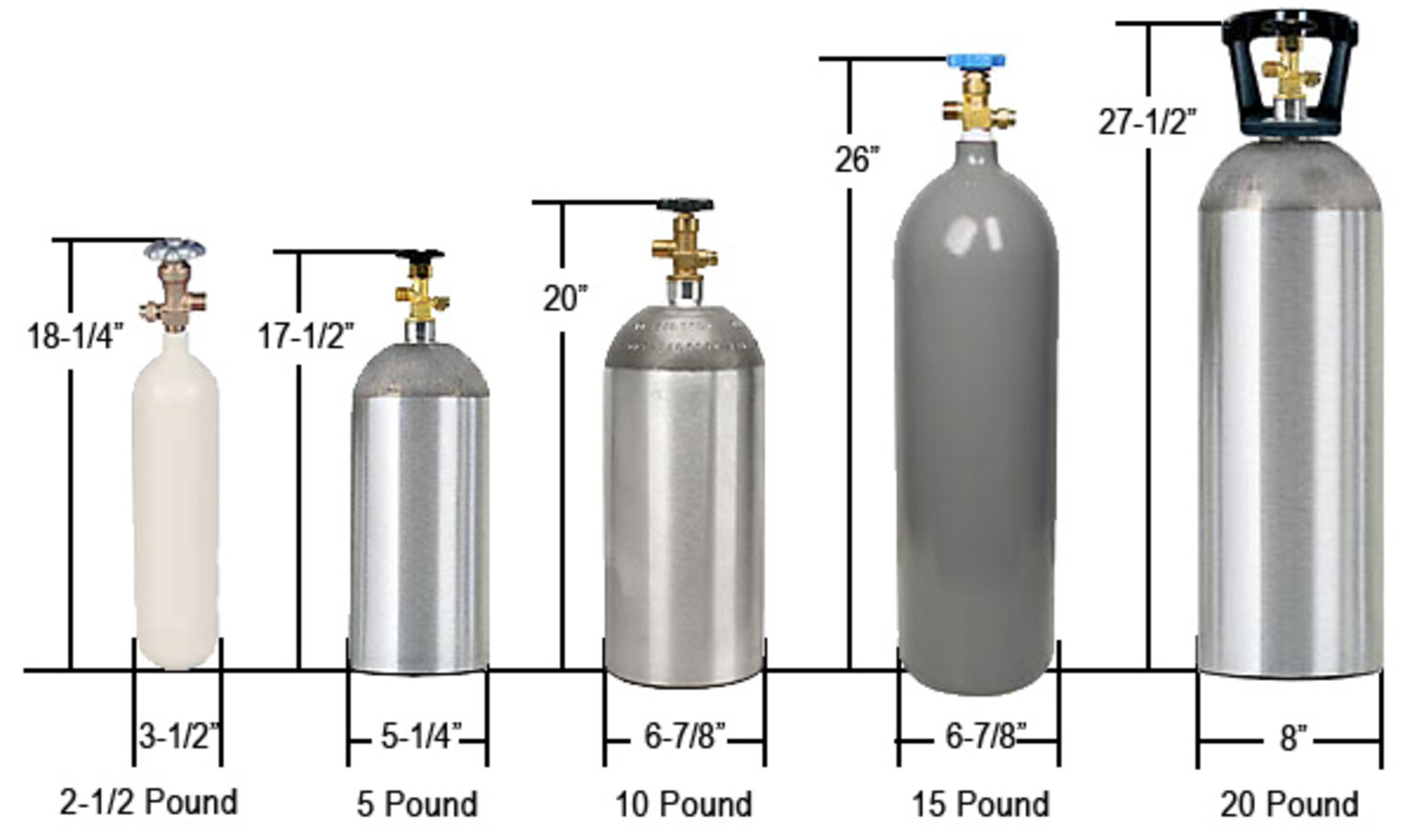
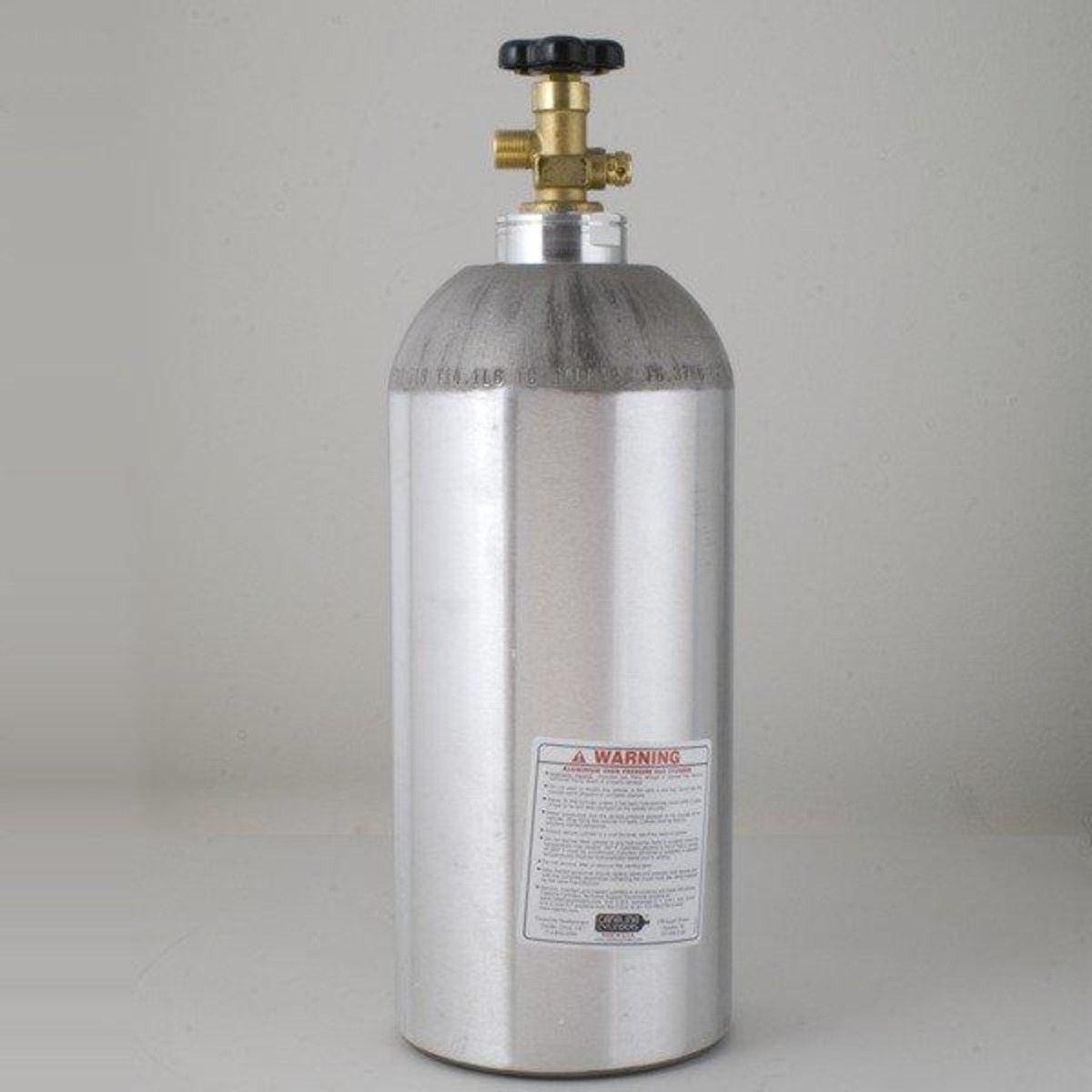
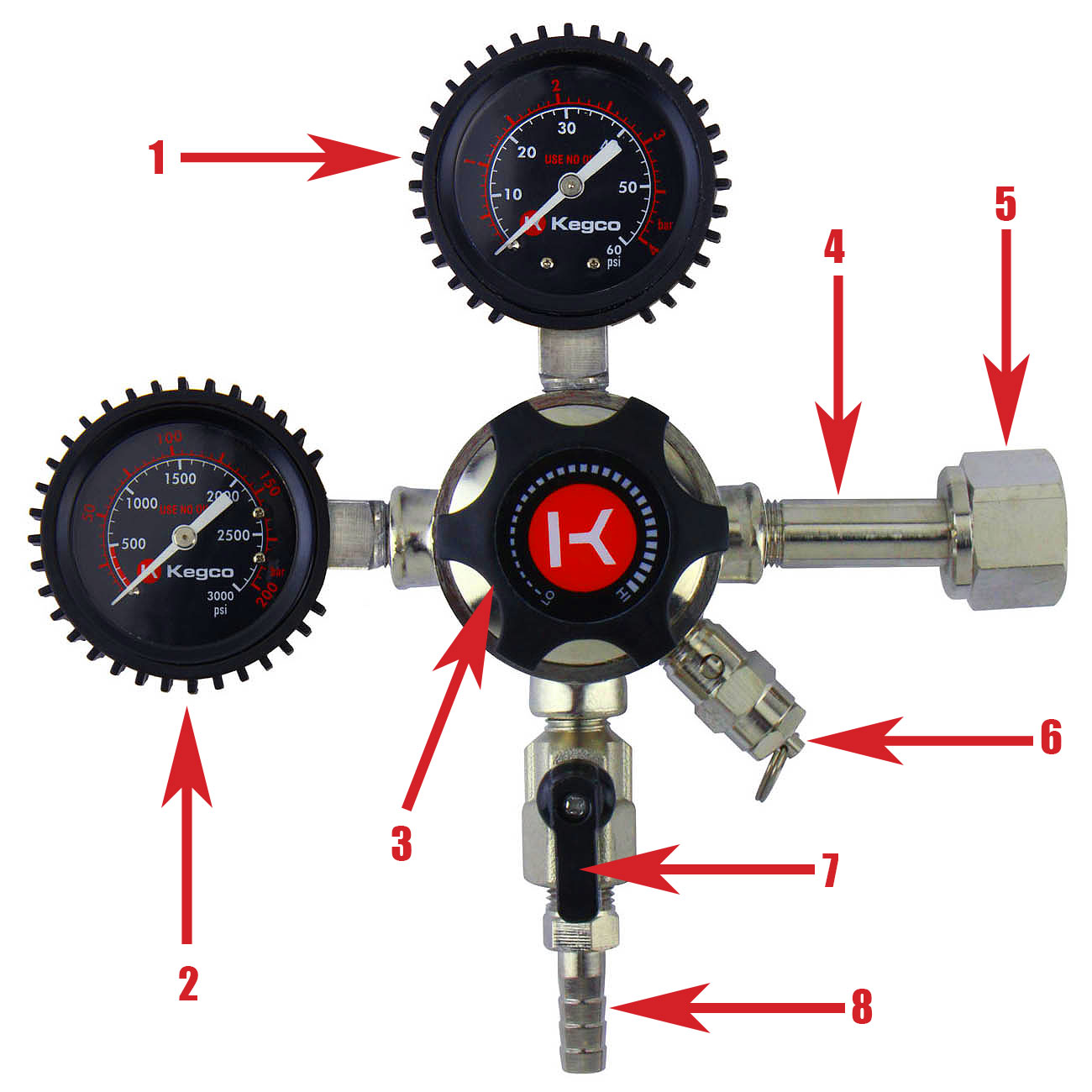
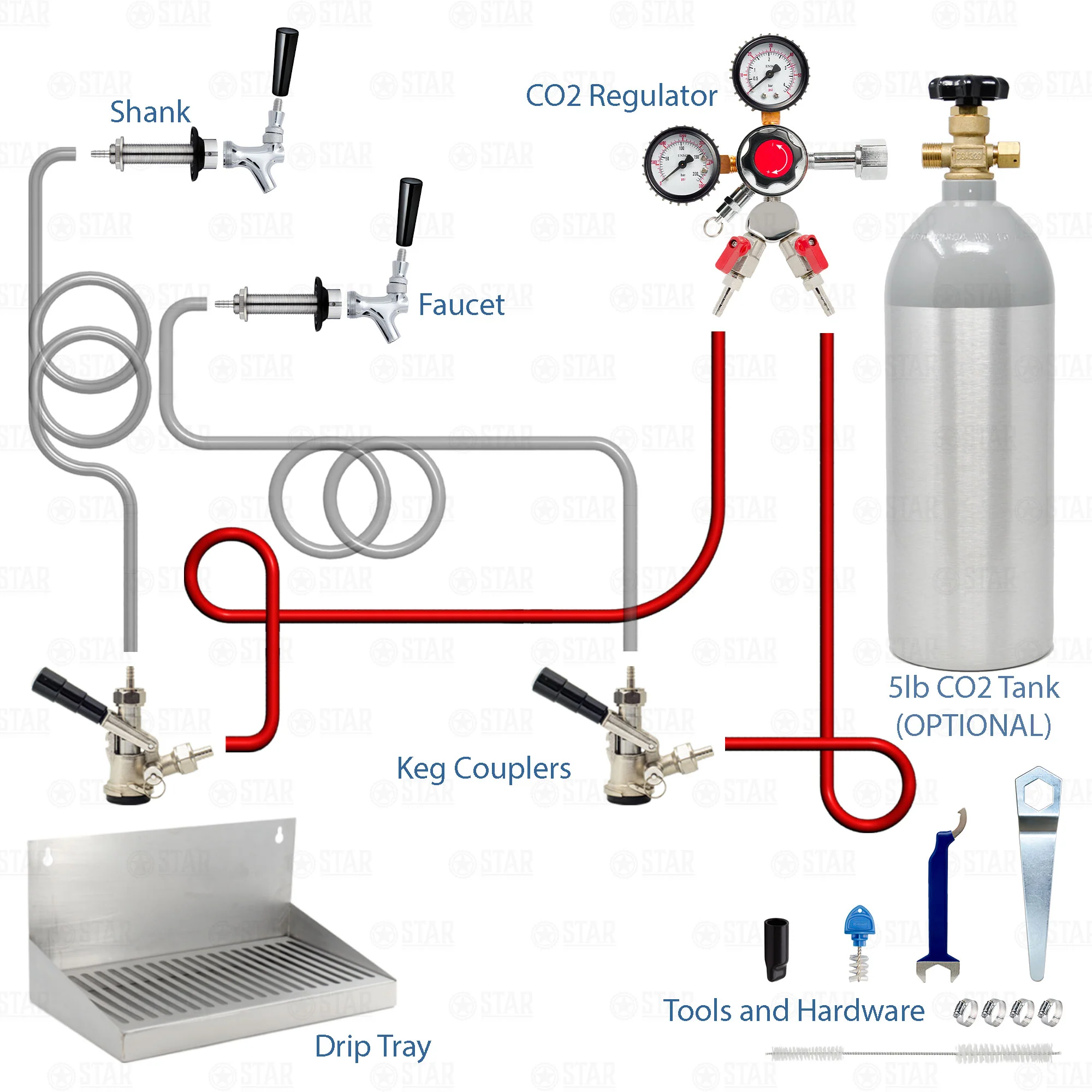
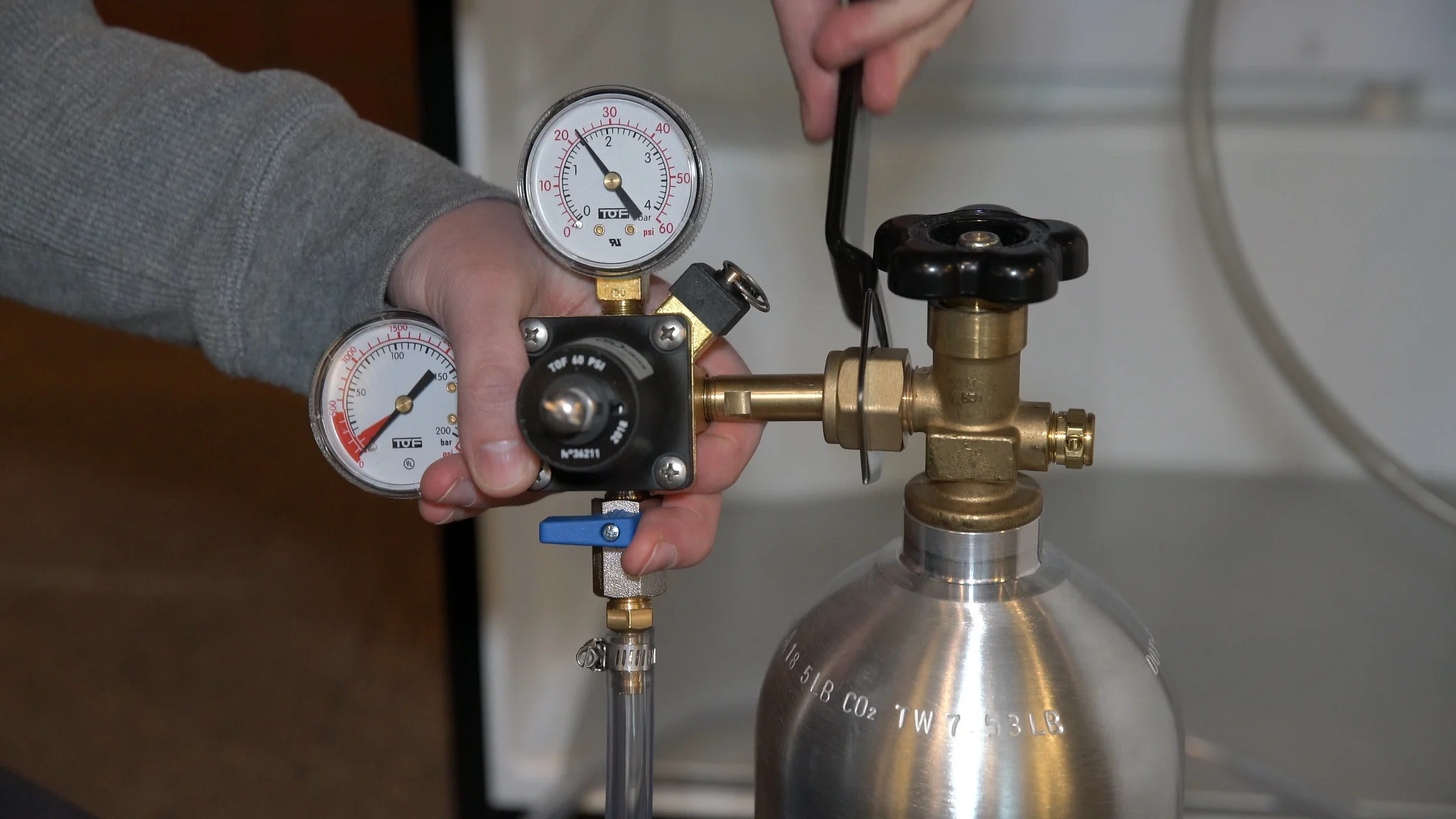
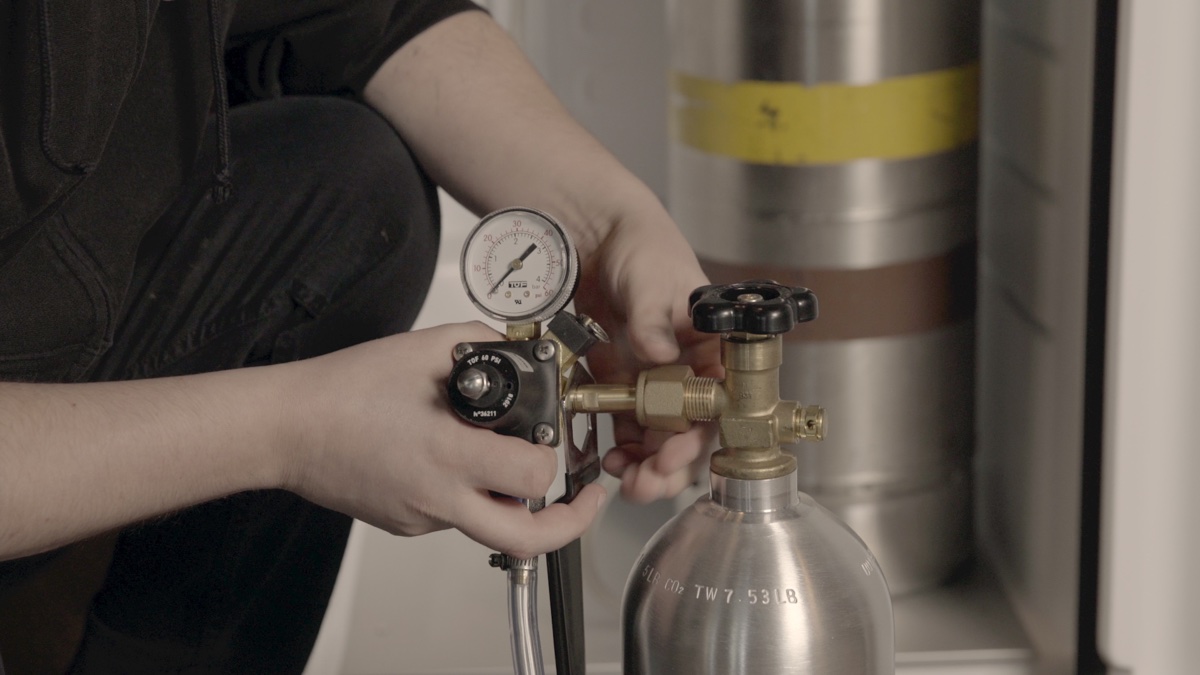
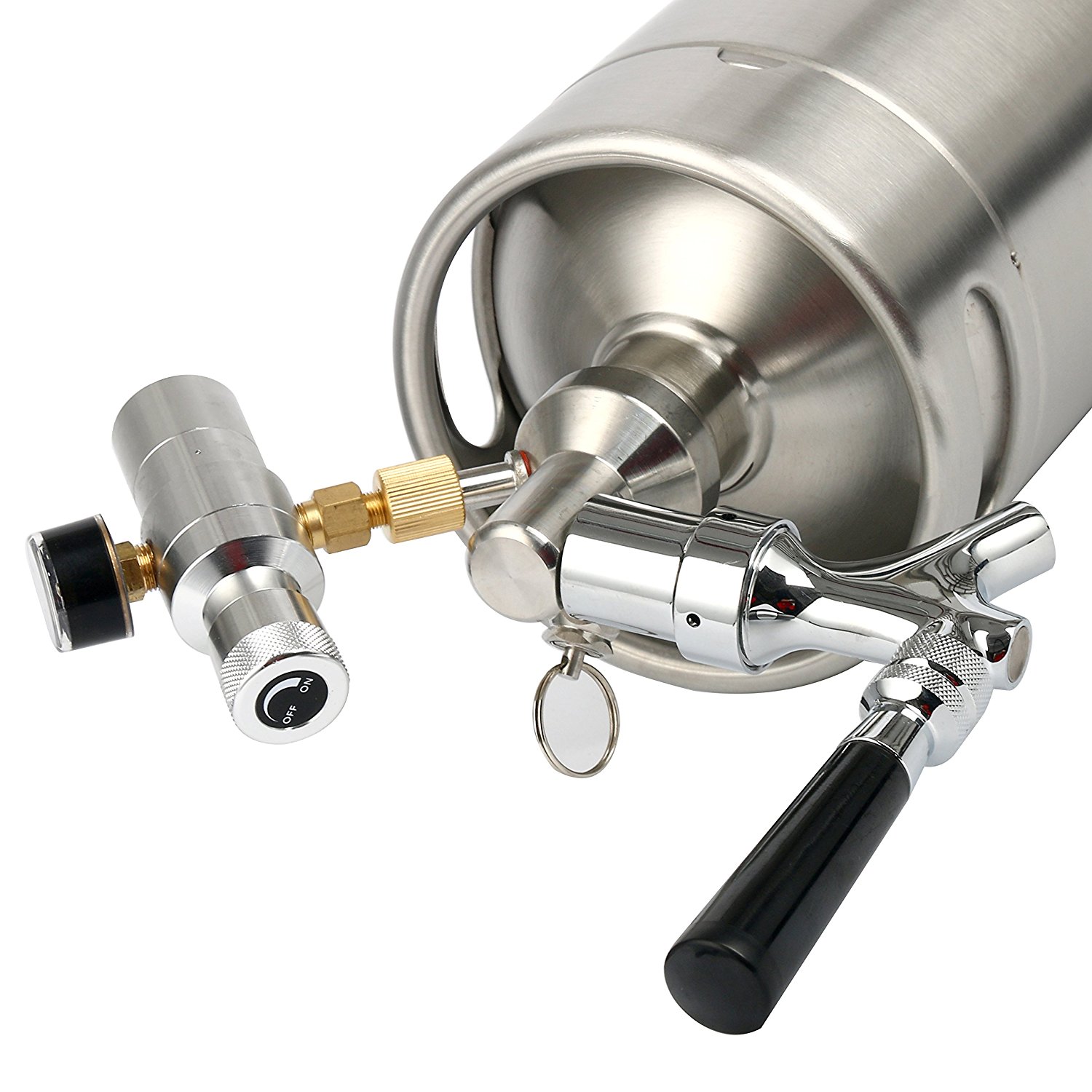
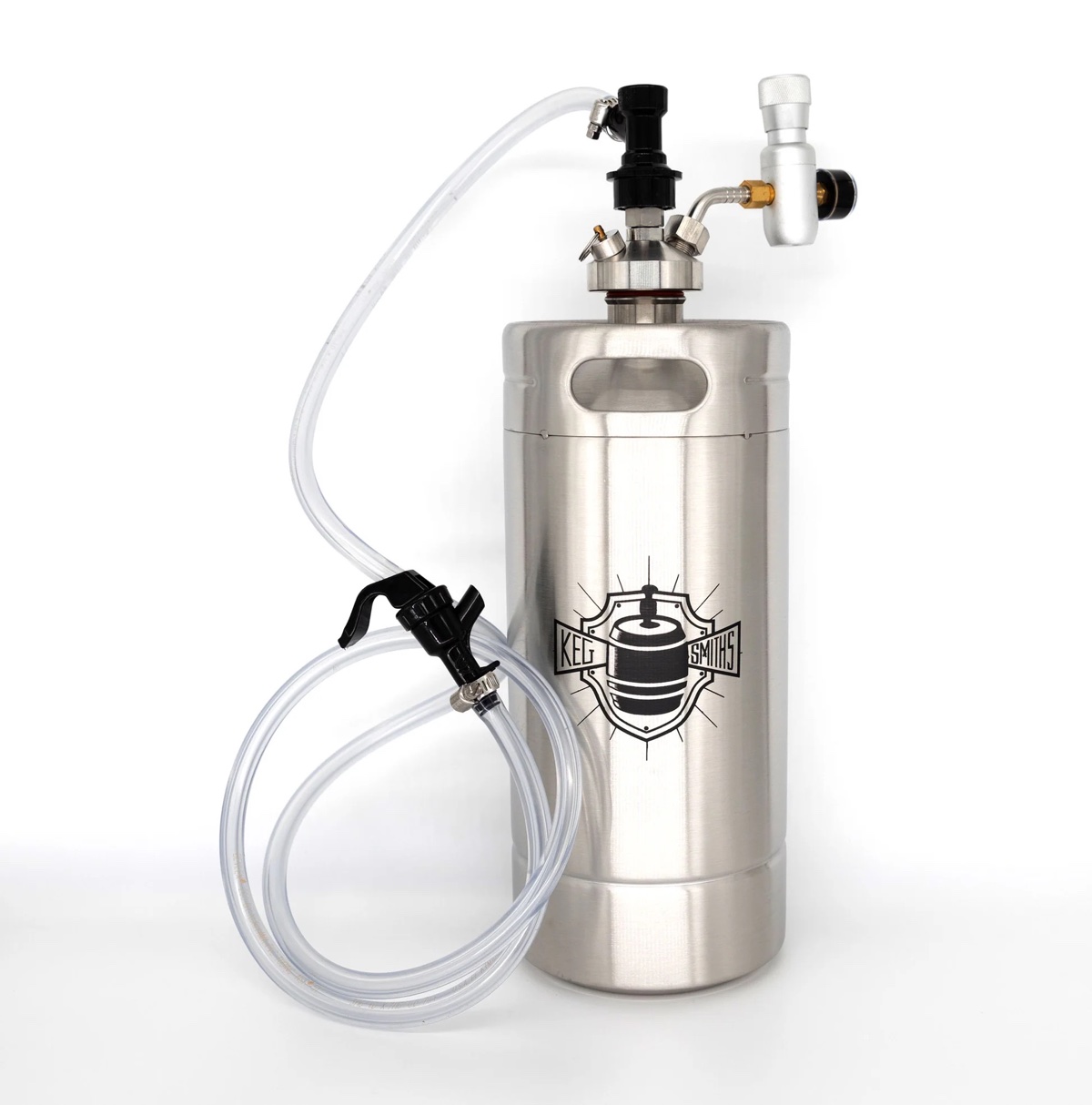
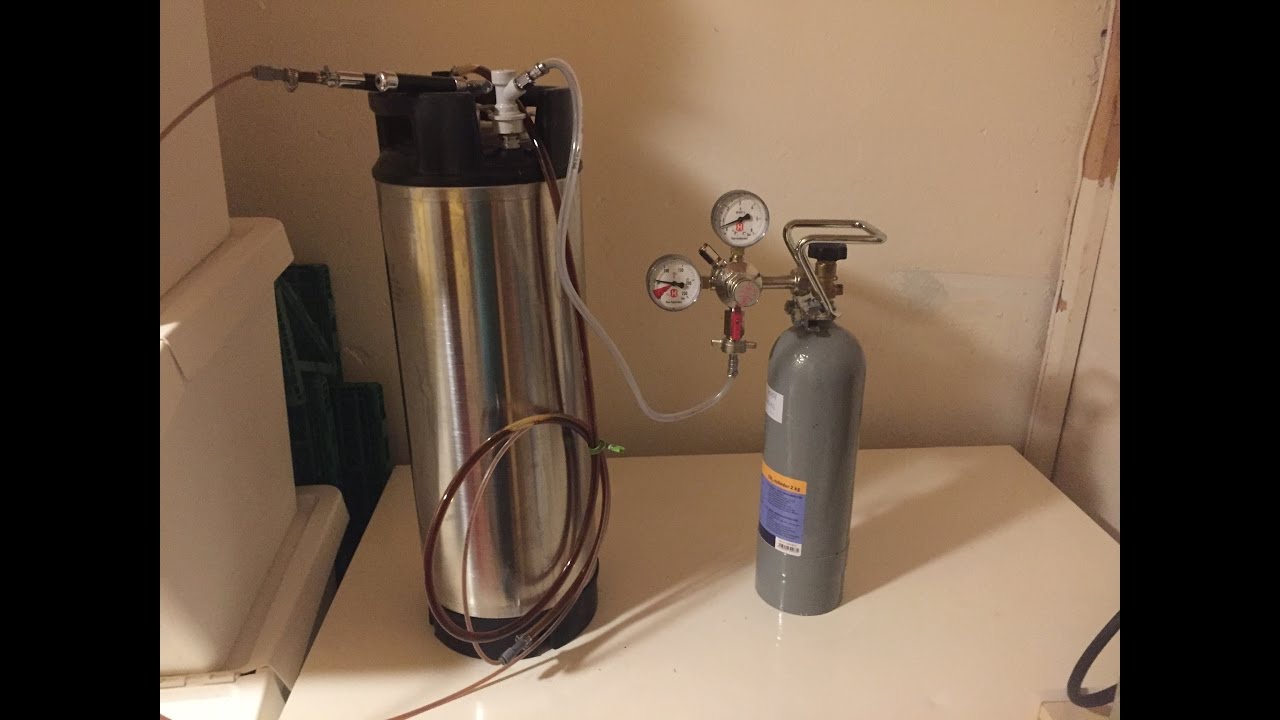

0 thoughts on “How Long Does A 5Lb Co2 Tank Last In A Kegerator”